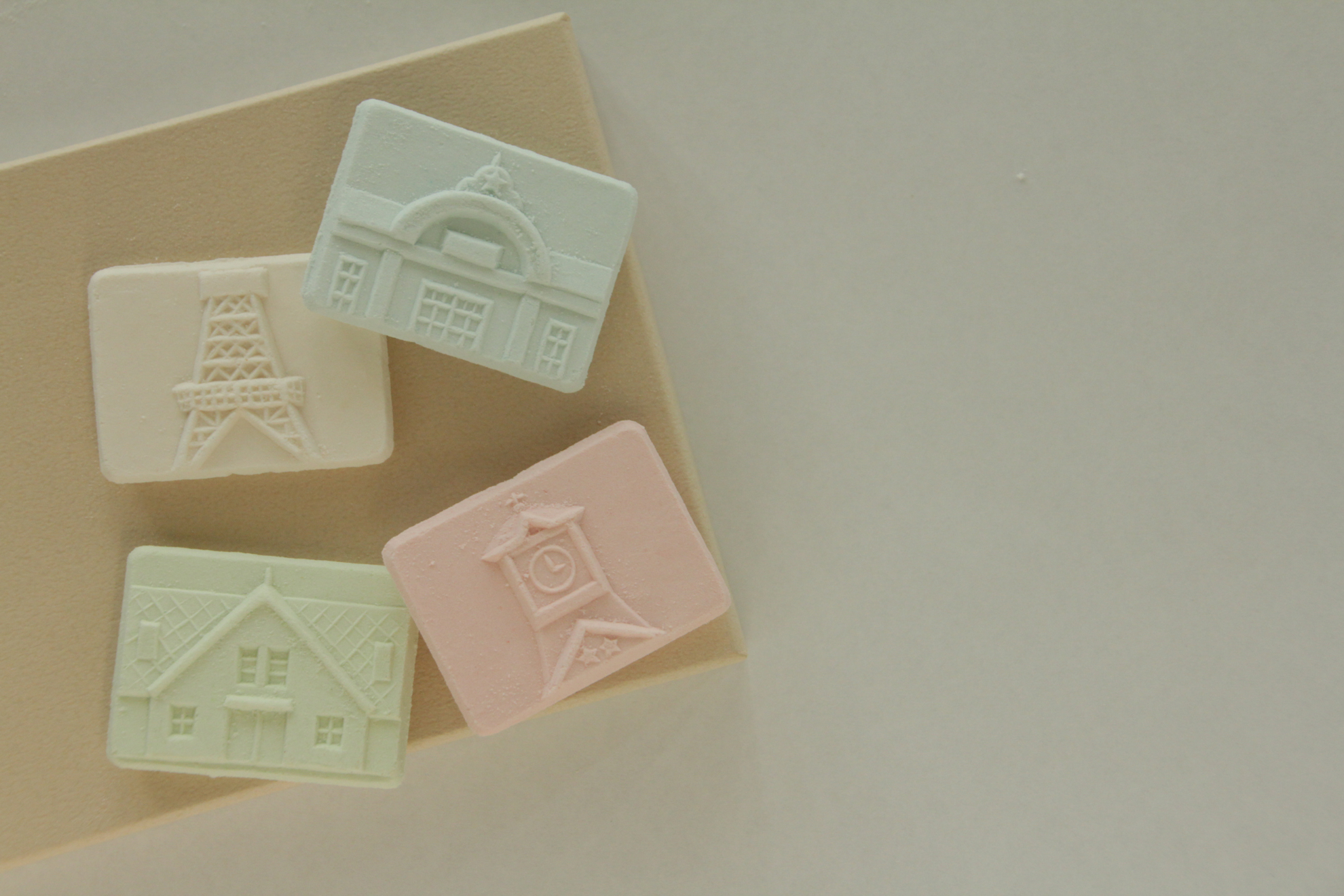
Purchasing information
Shop that stocks the product in Sapporo
Online shop*Domestic deliveries within Japan only.
Hokkaido's history can be sensed in lots of the architecture of Sapporo, and now these have been molded in traditional Japanese confectionery, known as wasanbon. We have selected eight landmarks that represent Sapporo and that have contributed to the creation of the city.
How many of these places have you visited? Are there any places you would like to visit sometime?
Ideal for enjoying while strolling around Sapporo, as a memento or even as a souvenir.
Why not pick up a box today?
Traditional Japanese confectionery known as wasanbon, modeled on a number of Sapporo's historical structures and facilities. The star in the center is the 5-pointed star that is the symbol of Hokkaido's development.
Characterized by its melt-in-the mouth texture and subtle, refined sweetness. Ideal for complementing the taste of matcha at tea ceremonies, as well as the perfect snack to eat during your coffee or tea break.
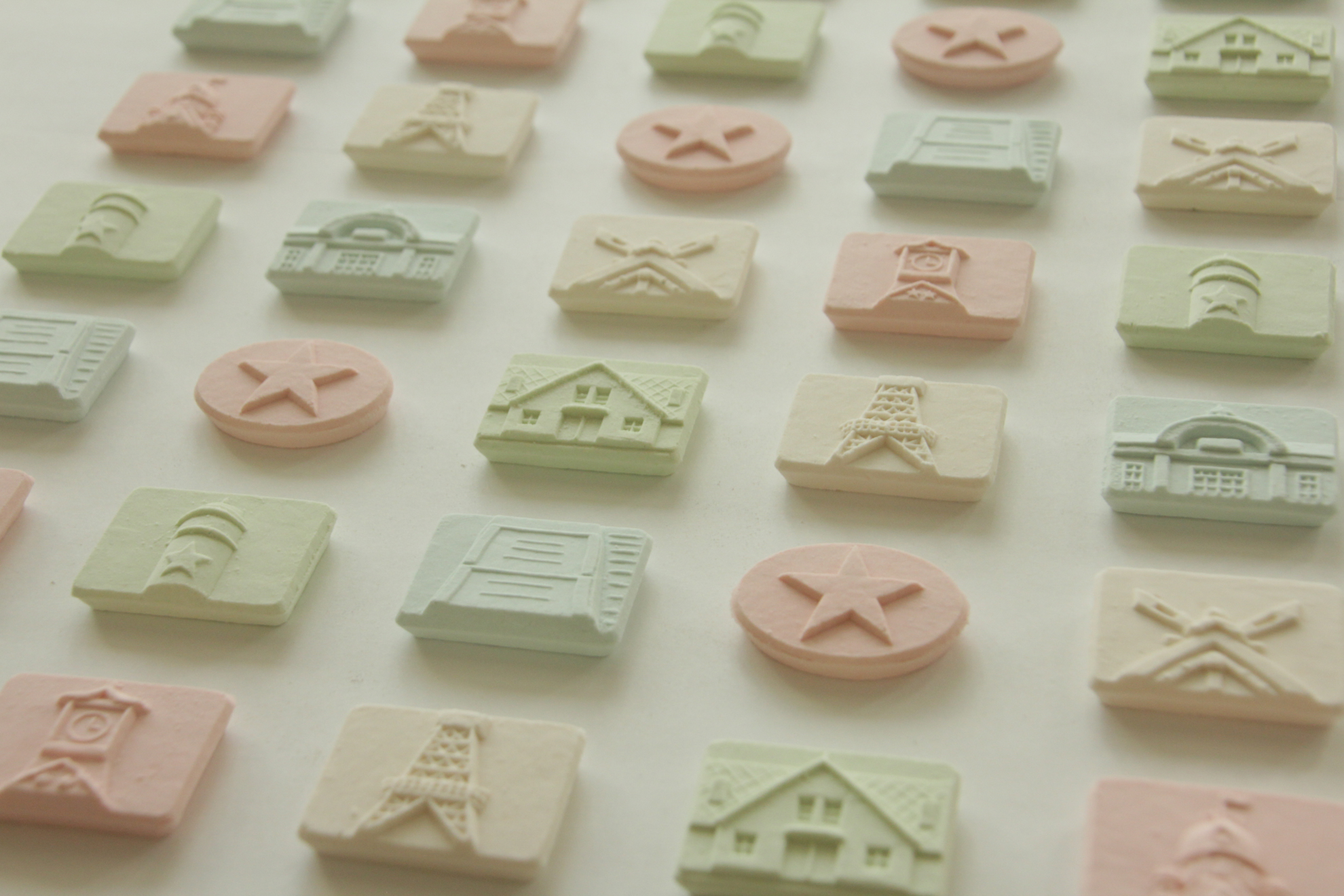

Wasanbon is unique Japanese sugar made with traditional methods; its fine texture and delicious aftertaste makes it a high-quality ingredient in Japanese confectionery.
The dry sweets formed from this molded wasanbon are also known as wasanbon. As they're light and easy to carry, and also long lasting at room temperature, wasanbon are highly recommended as souvenirs.
| Price | 1,242 yen (tax incl.) |
|---|---|
| Ingredients | [raw ingredients] wasanbon (produced in Japan) [additives] synthetic coloring (blue 1, red 102, yellow10) |
| Net content | 9 pieces |
| Exterior size | 9.5×12.5×2 cm |
| Best-by date | printed on the bottom |
| Specific ingredients | none |
Five-pointed star features on buildings built by the Commission, as well as on products such as beer from the factories under its direct management. Why not take a historical stroll around Sapporo while searching for the 5-pointed star?


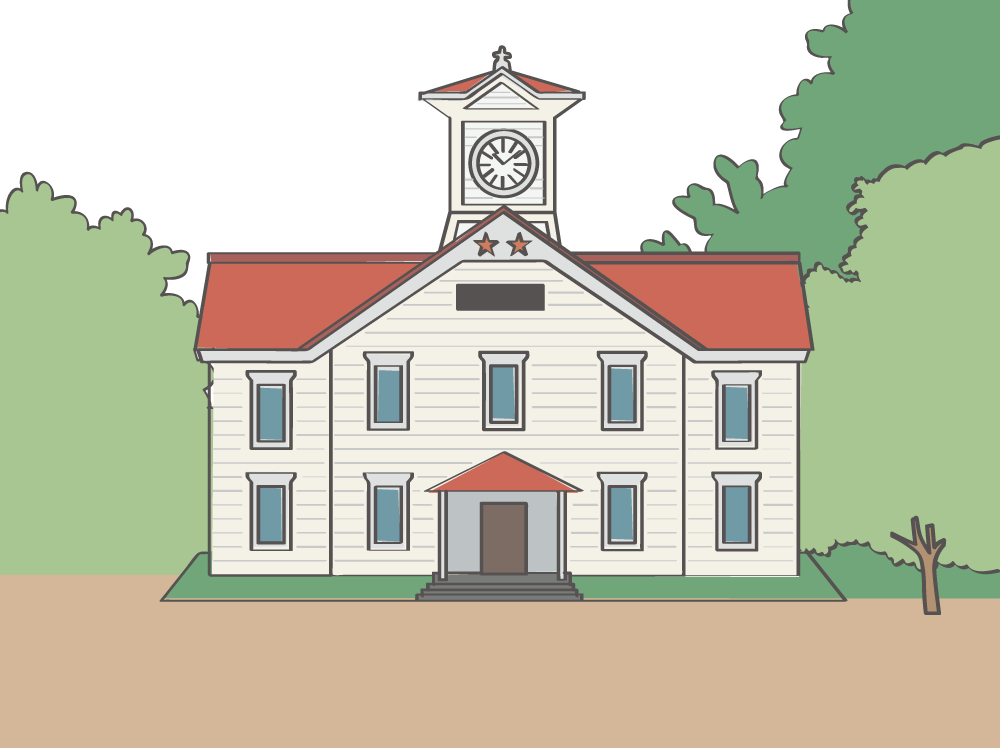
Address: North1,West2,Chuo-ku,Sapporo,Hokkaido
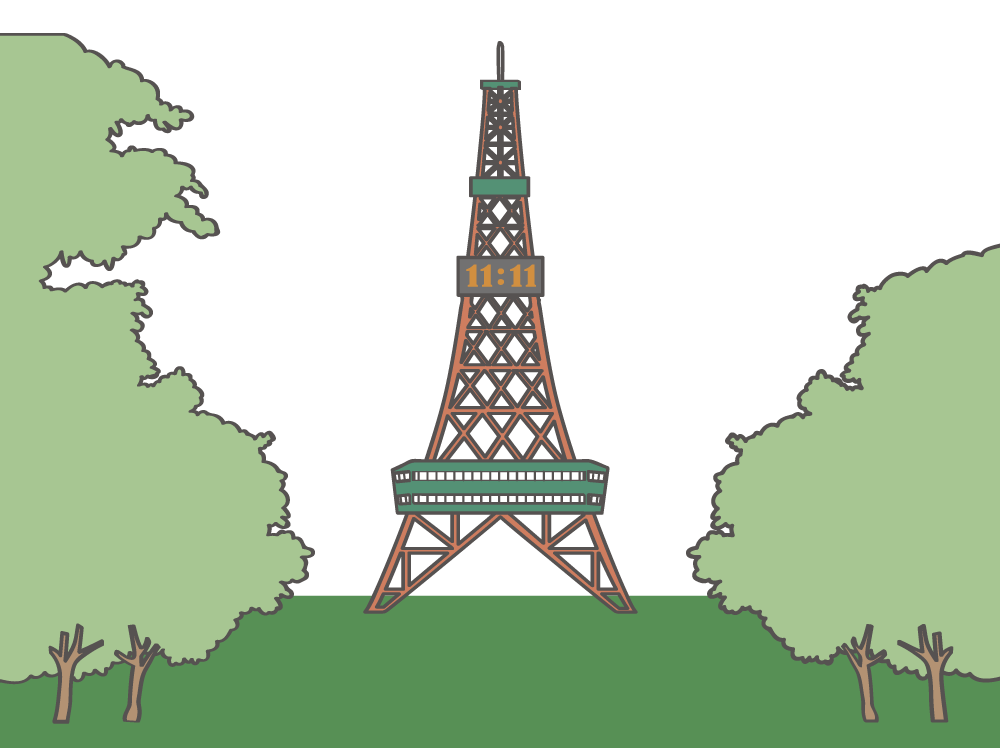
Address: Odori Nishi 1-chome, Chuo-ku, Sapporo
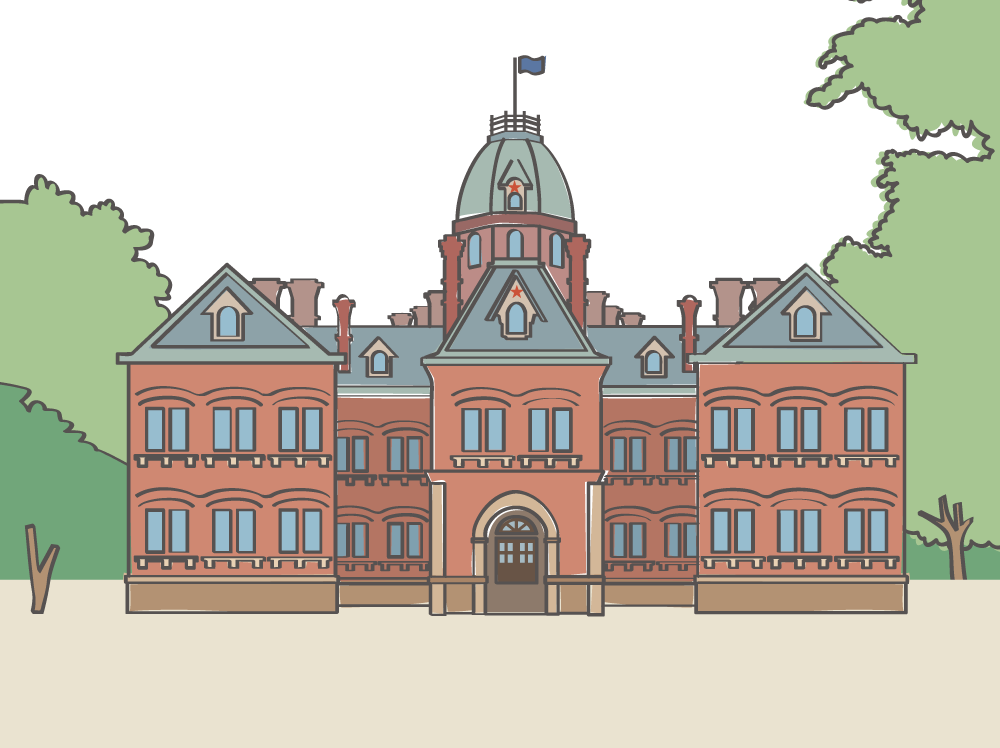
Address: Kita 3-jo Nishi 6-chome, Chuo-ku, Sapporo
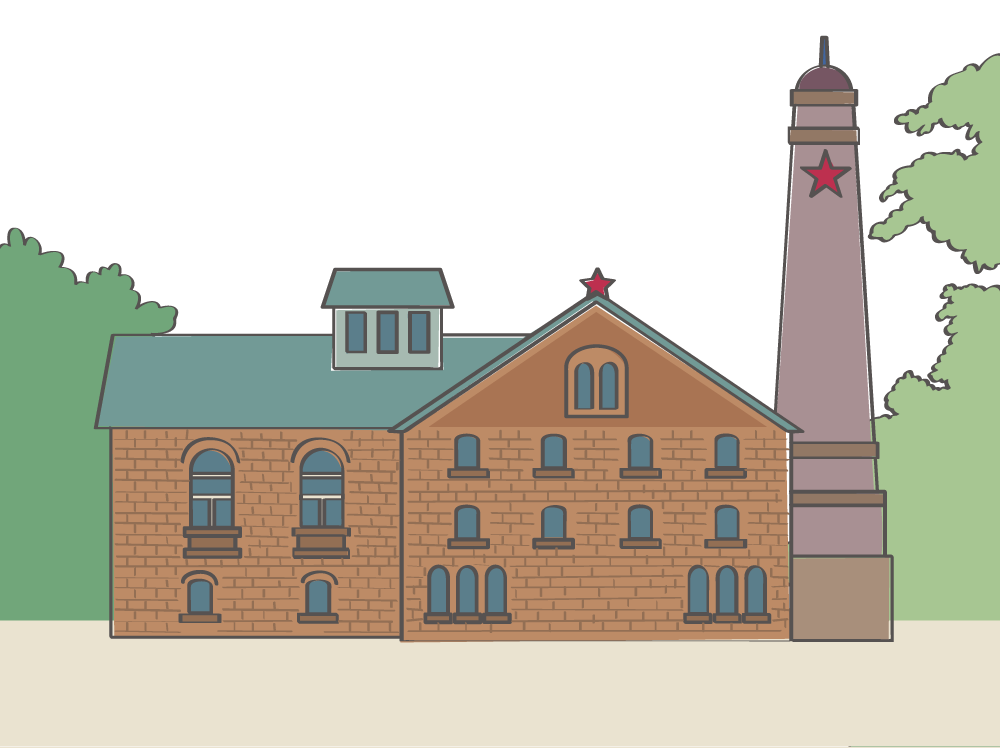
Address: Sapporo Garden Park, Kita 7-jo Higashi 9-chome, Higashi-ku, Sapporo
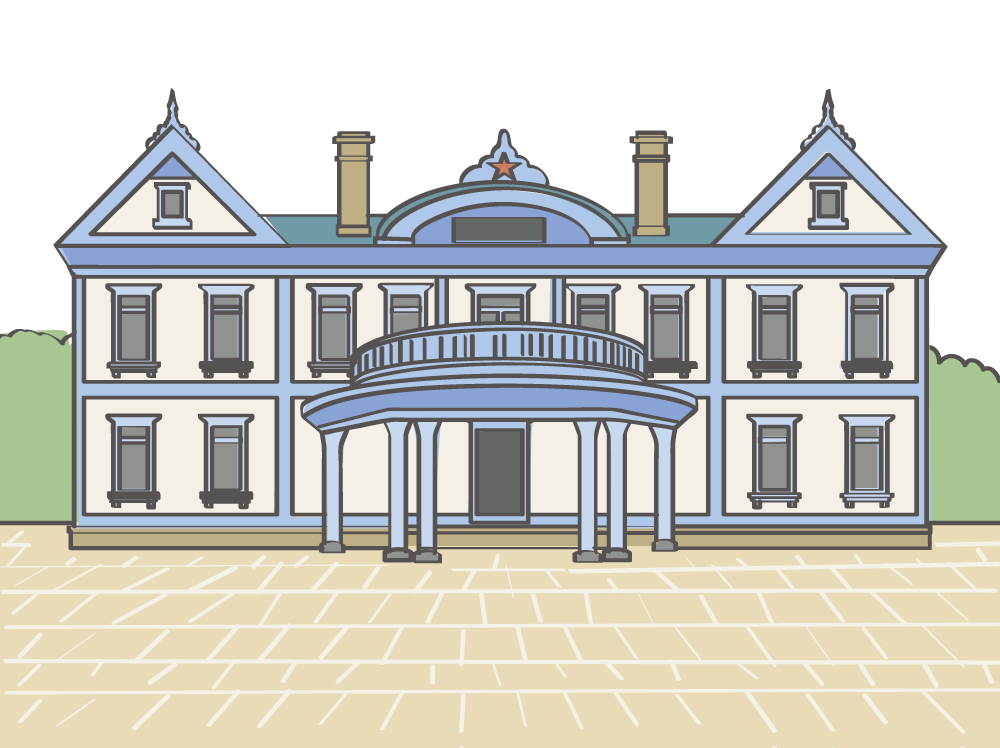
Address: Nakajima Koen 1-20, Chuo-ku, Sapporo
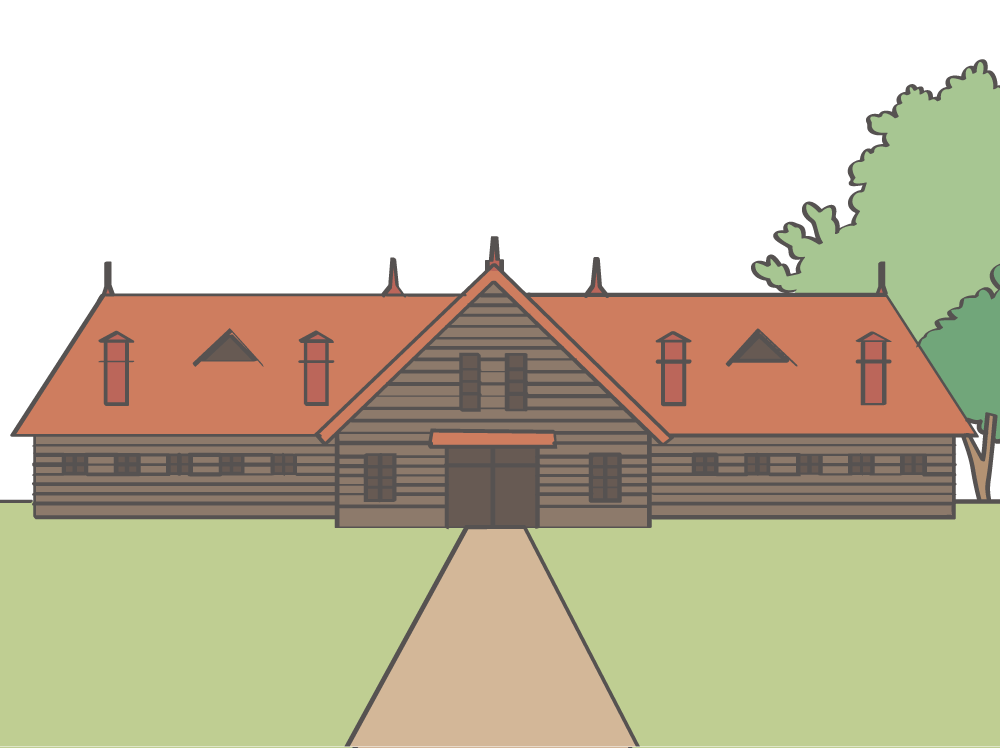
Address: Kita 19-jo Nishi 8-chome, Kita-ku, Sapporo
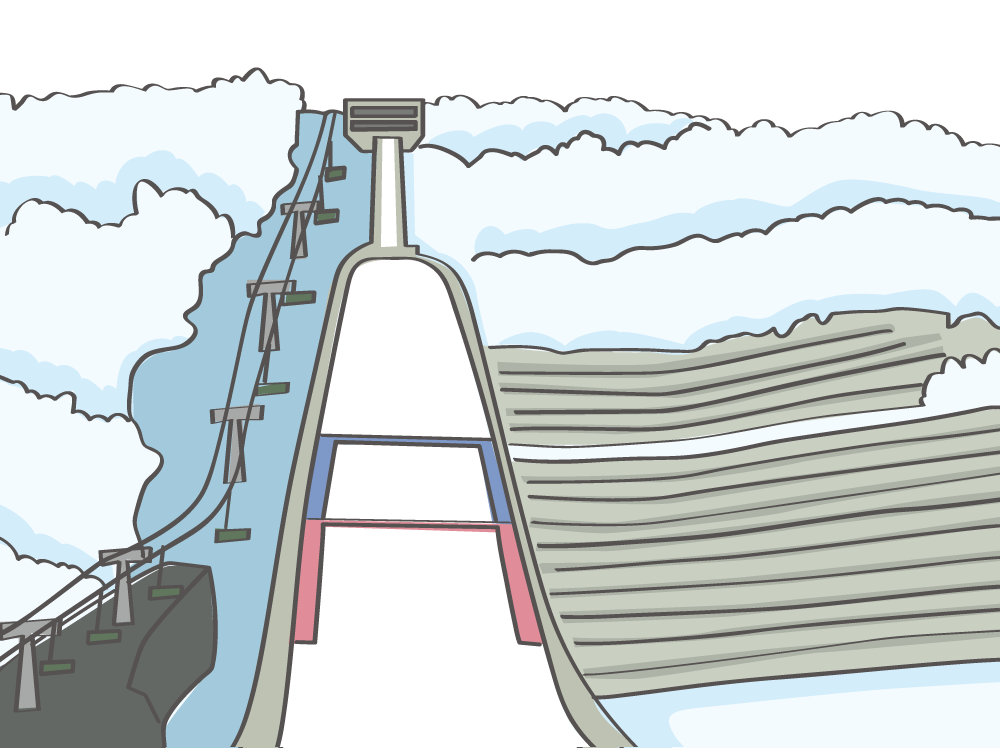
Address: Miyanomori 1274, Chuo-ku, Sapporo, Hokkaido
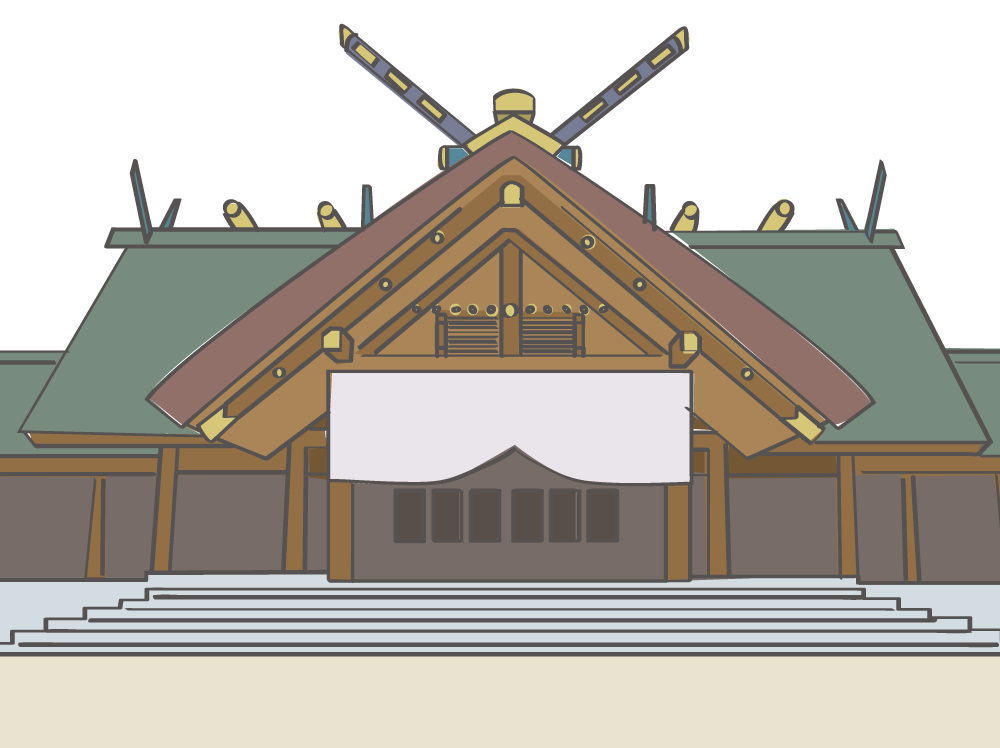
Address: Miyagaoka 474, Chuo-ku, Sapporo

*Domestic deliveries within Japan only.